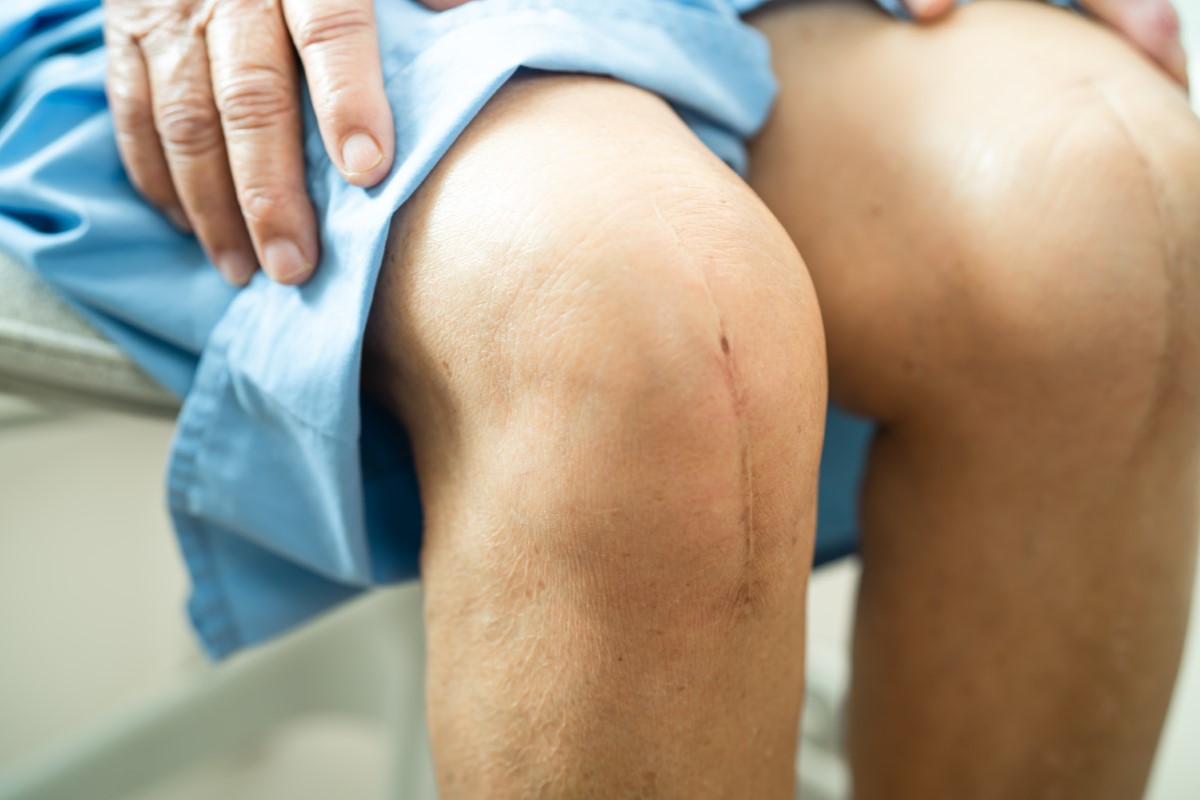Knee pain can significantly impact your quality of life, challenging simple tasks like walking or climbing stairs. If you’ve tried conservative treatments without success, your doctor may recommend knee replacement surgery as a solution. While the thought of surgery can be daunting, understanding what to expect before, during, and after the procedure can help alleviate anxiety and ensure a smoother recovery process. This comprehensive guide’ll walk you through everything you need about knee replacement surgery.
Before Surgery
1. Consultation and Evaluation
The journey begins with a consultation with an orthopaedic surgeon specialising in knee replacements. During this visit, your surgeon will evaluate your knee, review your medical history, and discuss treatment options. This is also an opportunity to ask questions and address any concerns.
2. Preoperative Preparation
In the weeks leading up to surgery, your surgeon may recommend certain preoperative preparations, such as:
- Physical therapy exercises to strengthen the muscles surrounding the knee.
- Quitting smoking, if applicable, as smoking can impair healing and increase the risk of complications.
- Making necessary modifications to your home environment to ensure a safe and comfortable recovery, such as installing handrails or securing loose rugs.
3. Medical Clearance
Depending on your overall health and medical history, your surgeon may request clearance from other healthcare providers, such as your primary care physician or cardiologist, to ensure you are medically fit for surgery.
4. Educational Resources
Your healthcare team will provide educational materials to help you understand the surgery, potential risks and complications, and what to expect during recovery. Reviewing these materials carefully and asking any lingering questions you may have is essential.
During Surgery
1. Anaesthesia
Knee replacement surgery is typically performed under either general anaesthesia, where you are asleep during the procedure, or regional anaesthesia, such as a spinal or epidural block, which numbs the lower half of your body while you remain awake.
2. Surgical Procedure
Once anaesthetised, your surgeon will incision over the knee and remove damaged cartilage and bone. The damaged surfaces of the knee joint are then replaced with prosthetic components made of metal, plastic, or a combination of both. The surgery typically takes a few hours to complete.
3. Postoperative Monitoring
After surgery, you will be transferred to a recovery area, where healthcare professionals will closely monitor you as you wake up from anaesthesia. Once you are fully awake and stable, you will be transferred to a hospital room or a postoperative care unit.
After Surgery
1. Pain Management
It’s normal to experience some discomfort or pain following knee replacement surgery. Your healthcare team will provide pain medications and other pain management techniques to keep you comfortable during recovery.
2. Physical Therapy
Rehabilitation plays a crucial role in the success of knee replacement surgery. Shortly after surgery, a physical therapist will work with you to regain strength, flexibility, and range of motion in your knee. This may include exercises, stretches, and walking with assistive devices like crutches or a walker.
3. Mobility and Weight-Bearing
Gradually, you will progress from using assistive devices to walking independently with the support of your new knee joint. Your surgeon will provide guidelines on weight-bearing restrictions and activity levels based on your progress and the type of knee replacement performed.
4. Home Care and Assistance
During the initial stages of recovery, you may require assistance with daily activities such as bathing, dressing, and preparing meals. It’s essential to have a support system, whether a family member, friend, or professional caregiver, to help you navigate this transitional period.
5. Follow-Up Care
Regular follow-up appointments with your surgeon are essential for monitoring your progress, addressing any concerns or complications, and adjusting your treatment plan. Your healthcare team will provide specific instructions on wound care, activity restrictions, and medication management during these appointments.
Recovery Timeline
While every individual’s recovery timeline may vary, here’s a general overview of what to expect during the recovery process:
- Weeks 1-2 – Focus on pain management, wound healing, and starting physical therapy exercises.
- Weeks 3-6 – Gradually increase activity levels, regain mobility and independence, and continue with physical therapy.
- Months 2-3 – Work towards achieving full range of motion and strength in the knee, with a gradual return to daily activities and low-impact exercises.
- Months 4-6 – Continue with physical therapy and gradually transition to more challenging exercises and activities under the guidance of your healthcare team.
- Months 6-12 – By this point, most individuals can expect significant improvement in knee function and mobility, with continued focus on maintaining strength and flexibility through regular exercise and lifestyle modifications.
Knee replacement surgery can be a life-changing procedure for individuals suffering from chronic knee pain and mobility issues. By understanding what to expect before, during, and after surgery, you can approach the process with confidence and optimism. Remember to follow your surgeon’s instructions closely, prioritise rehabilitation and physical therapy, and lean on your support system for assistance and encouragement. With time, patience, and dedication to your recovery, you can look forward to enjoying improved mobility and a better quality of life with your new knee joint.










